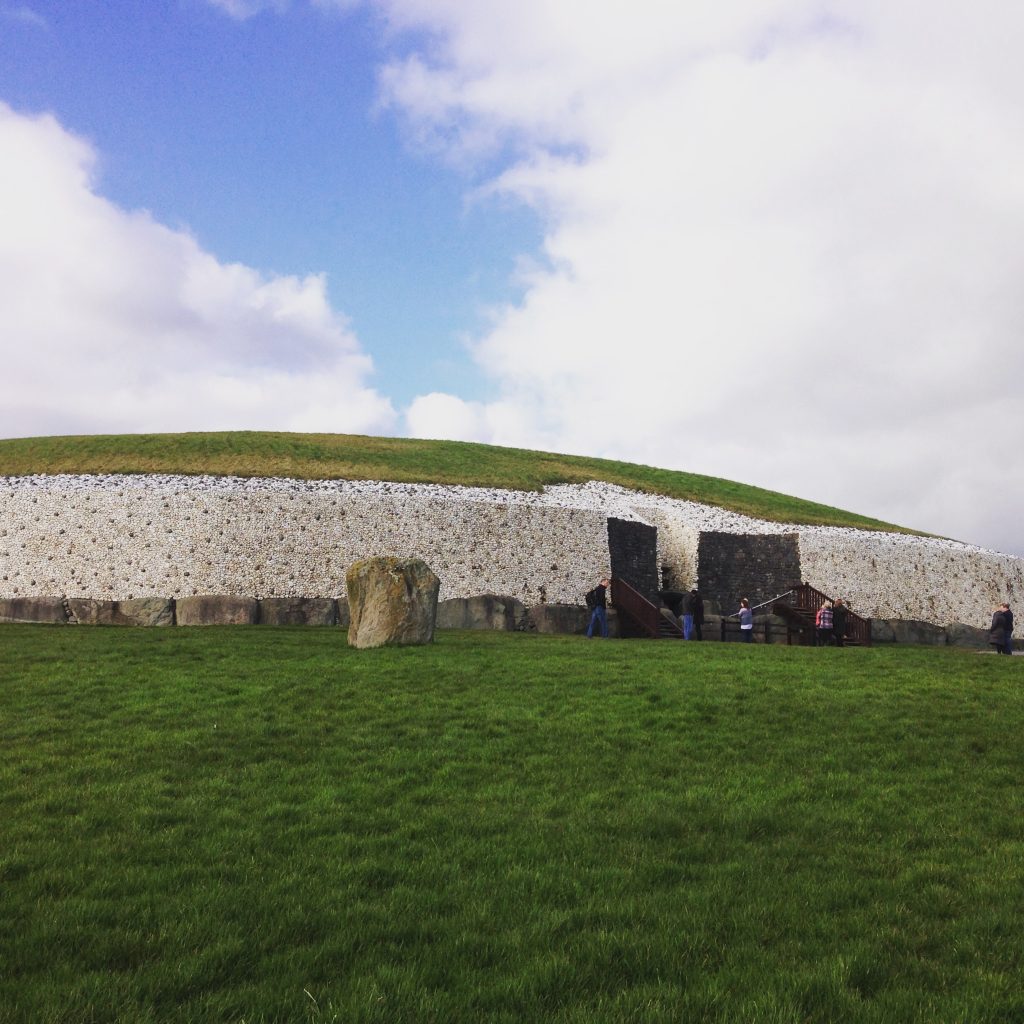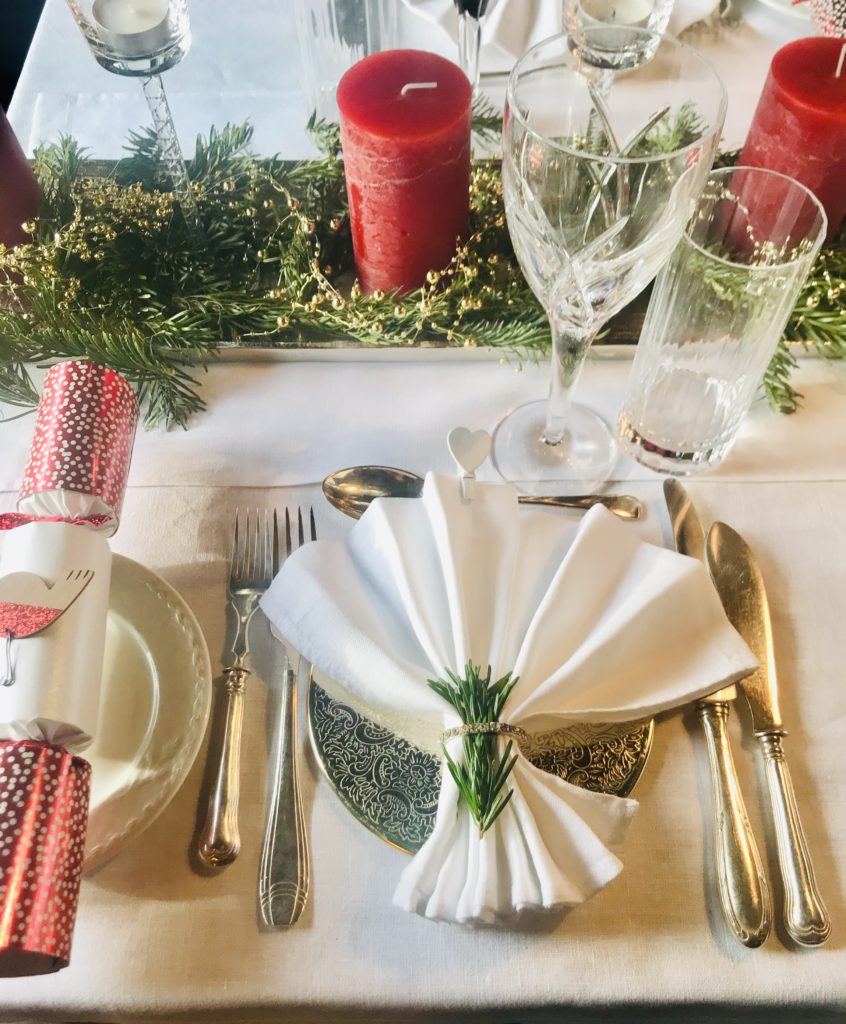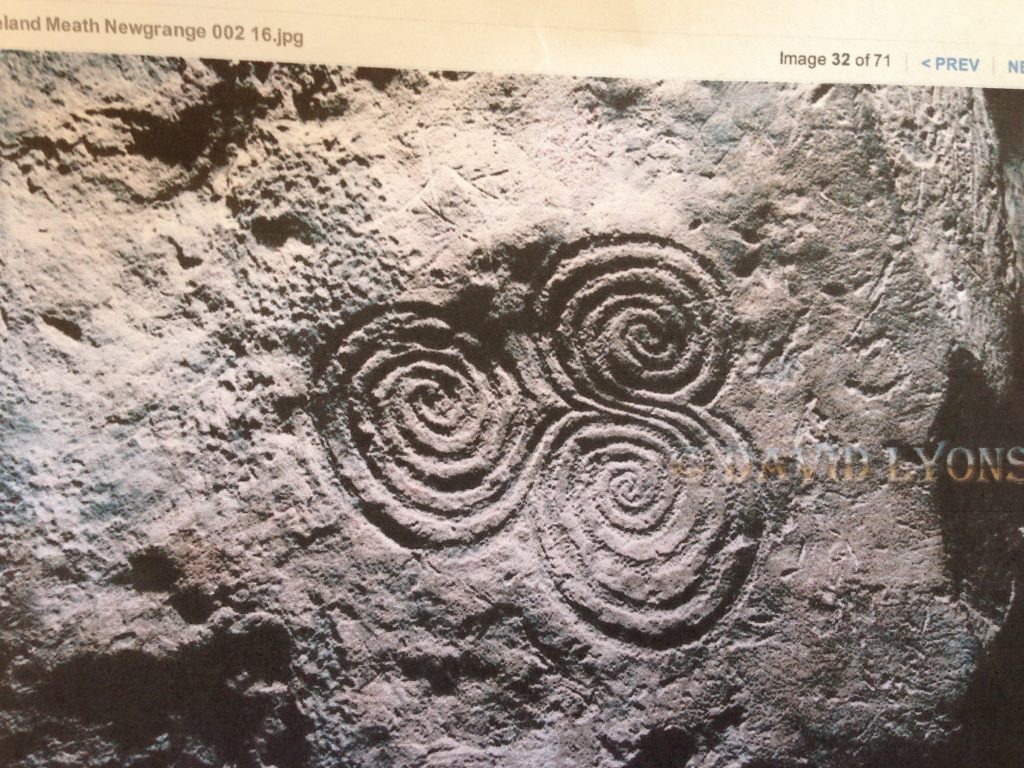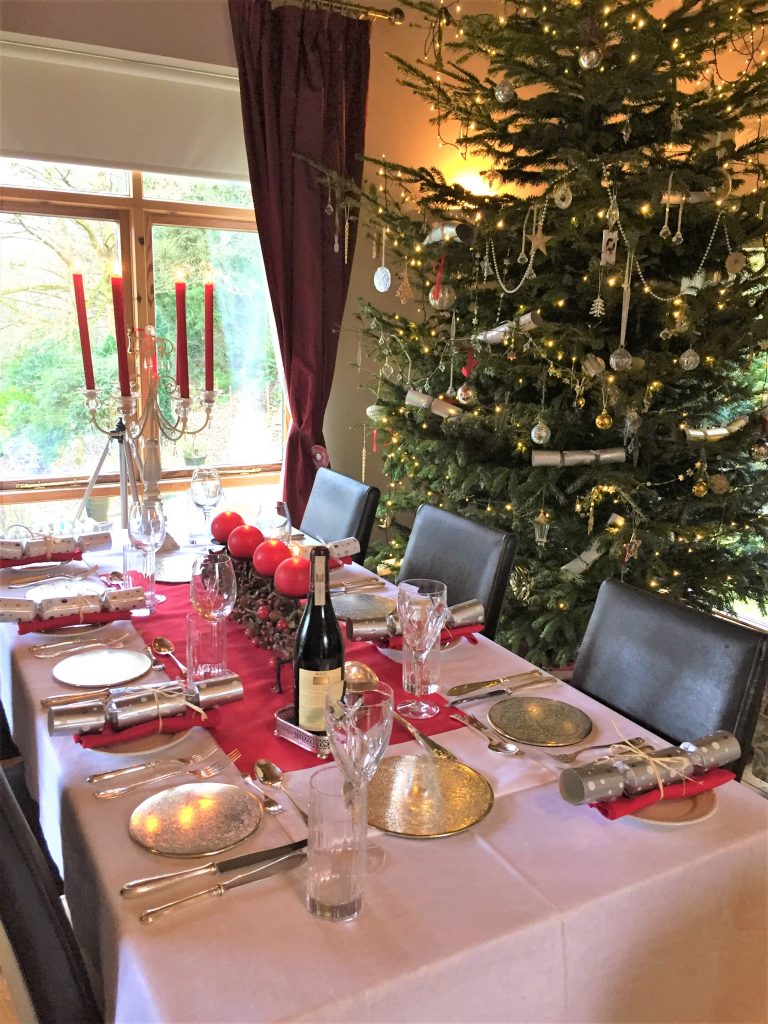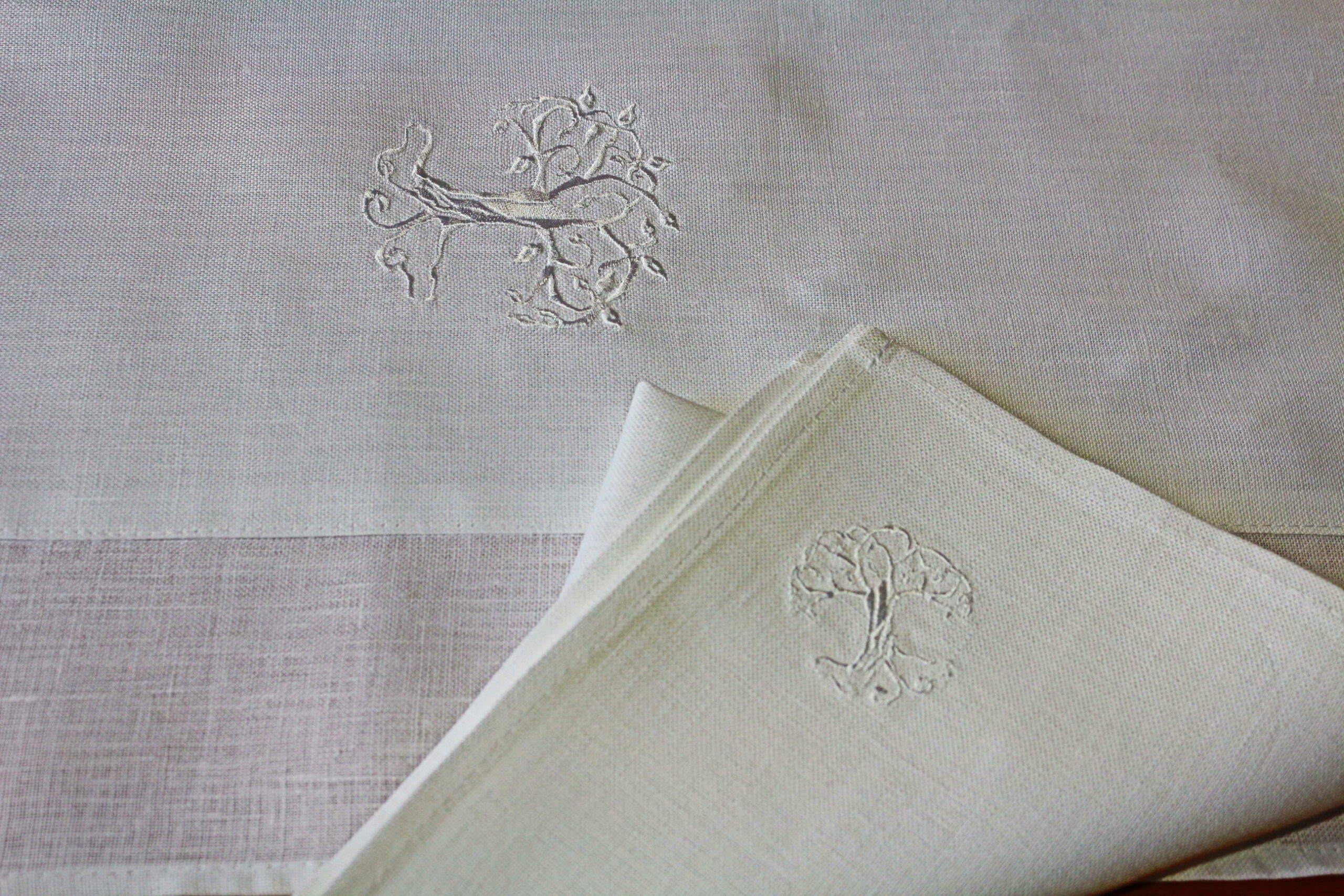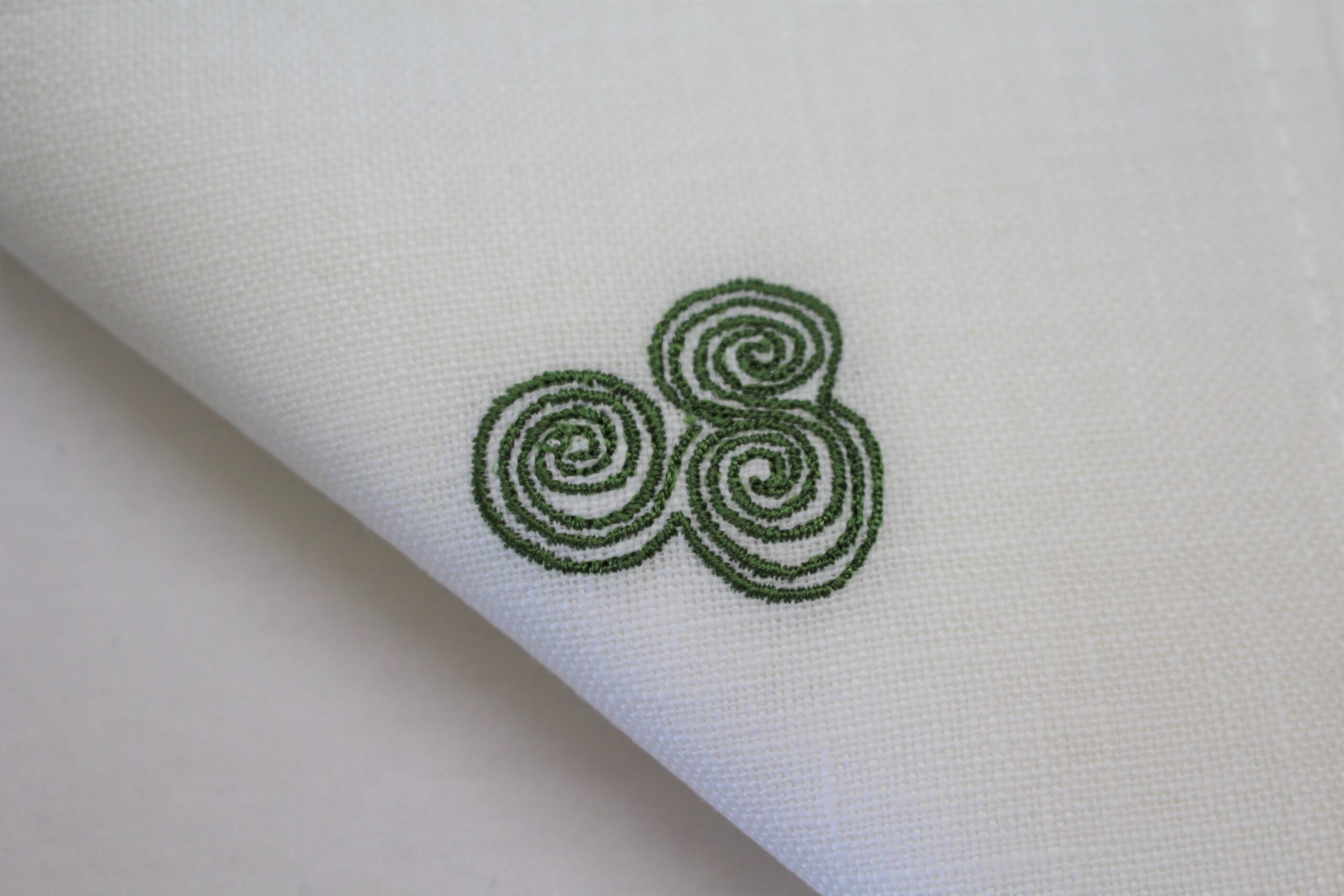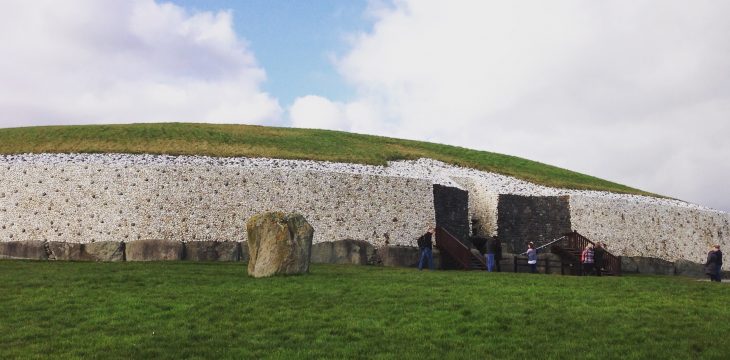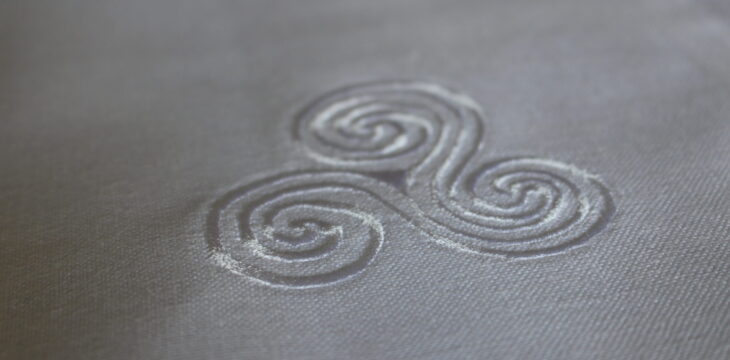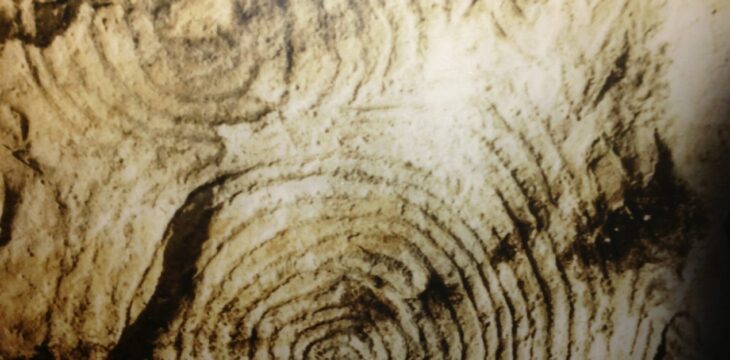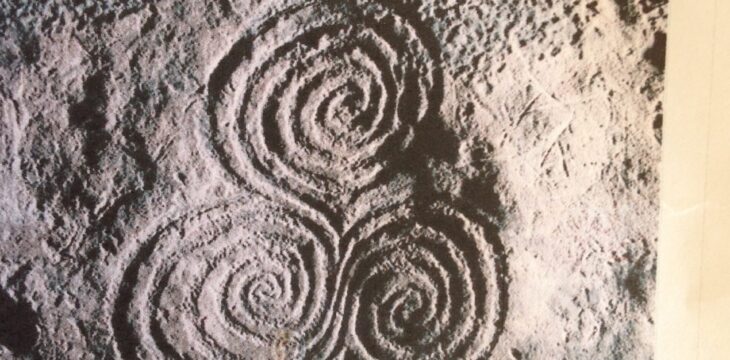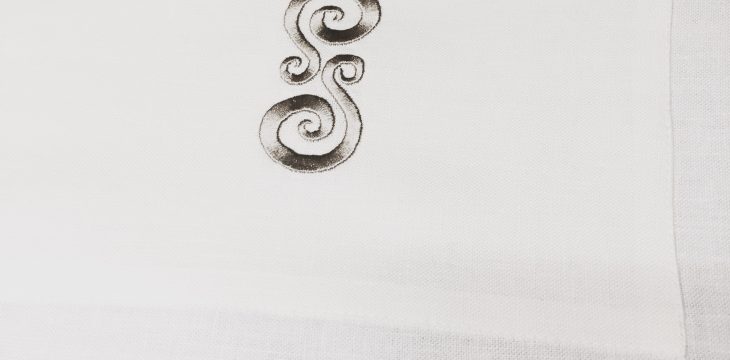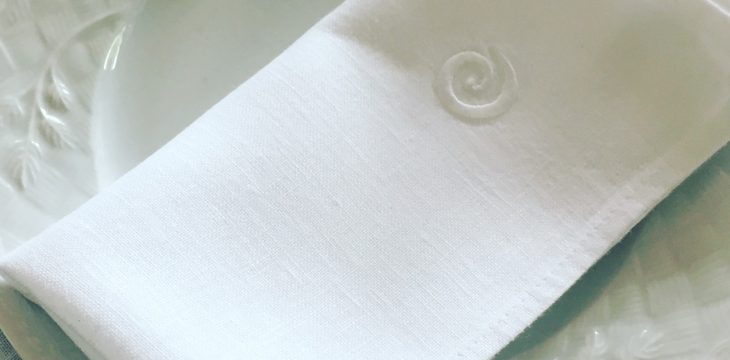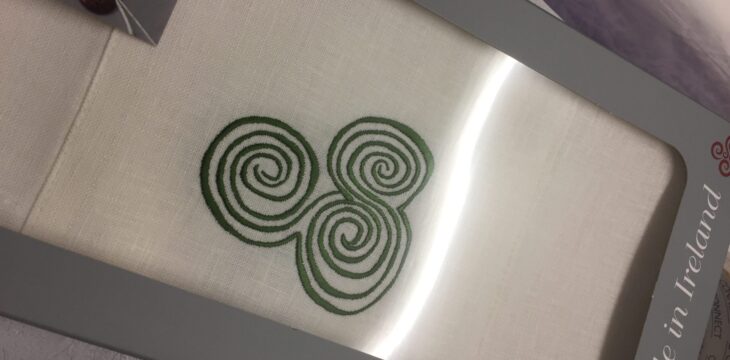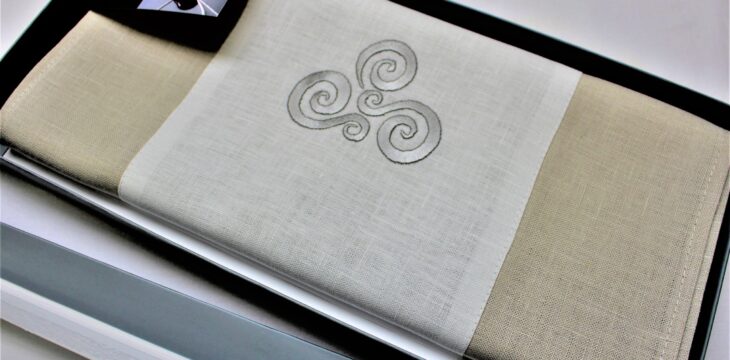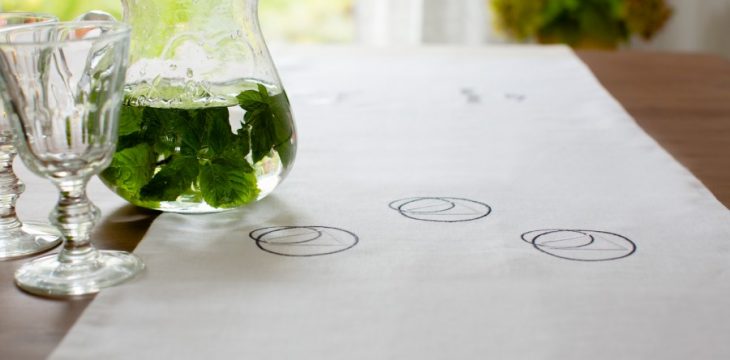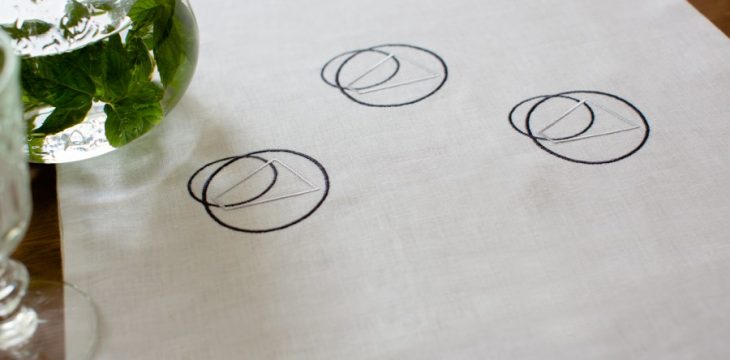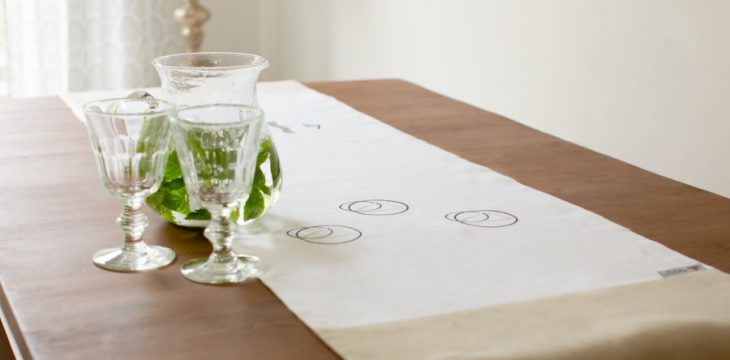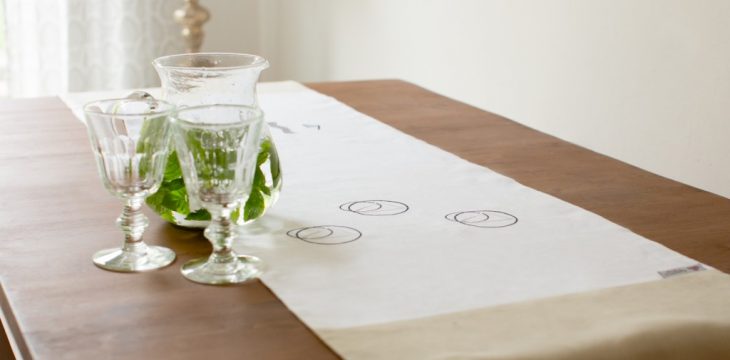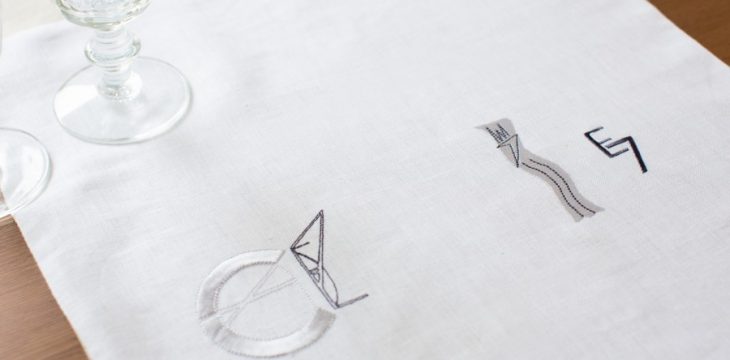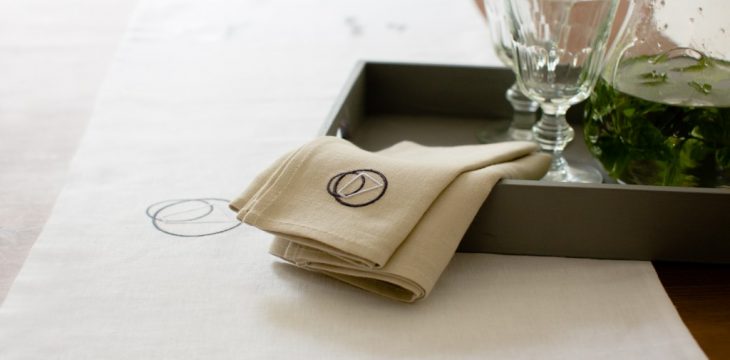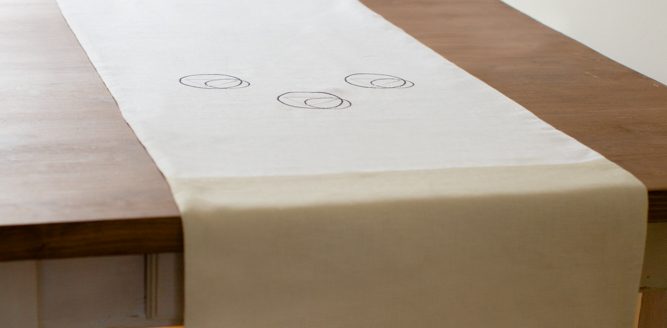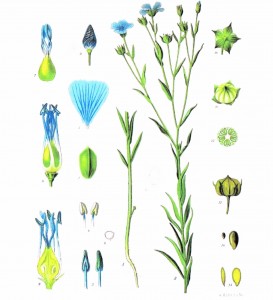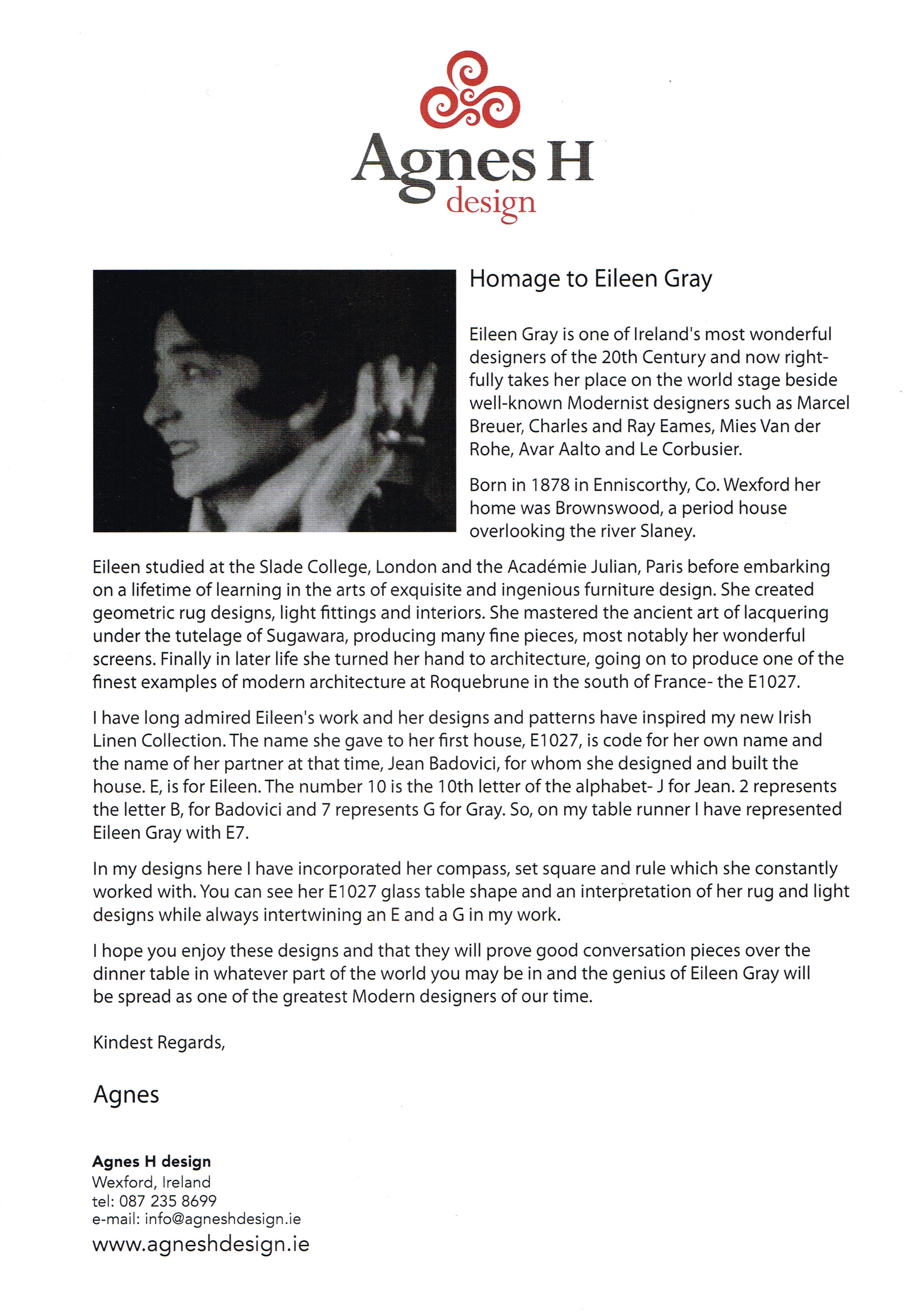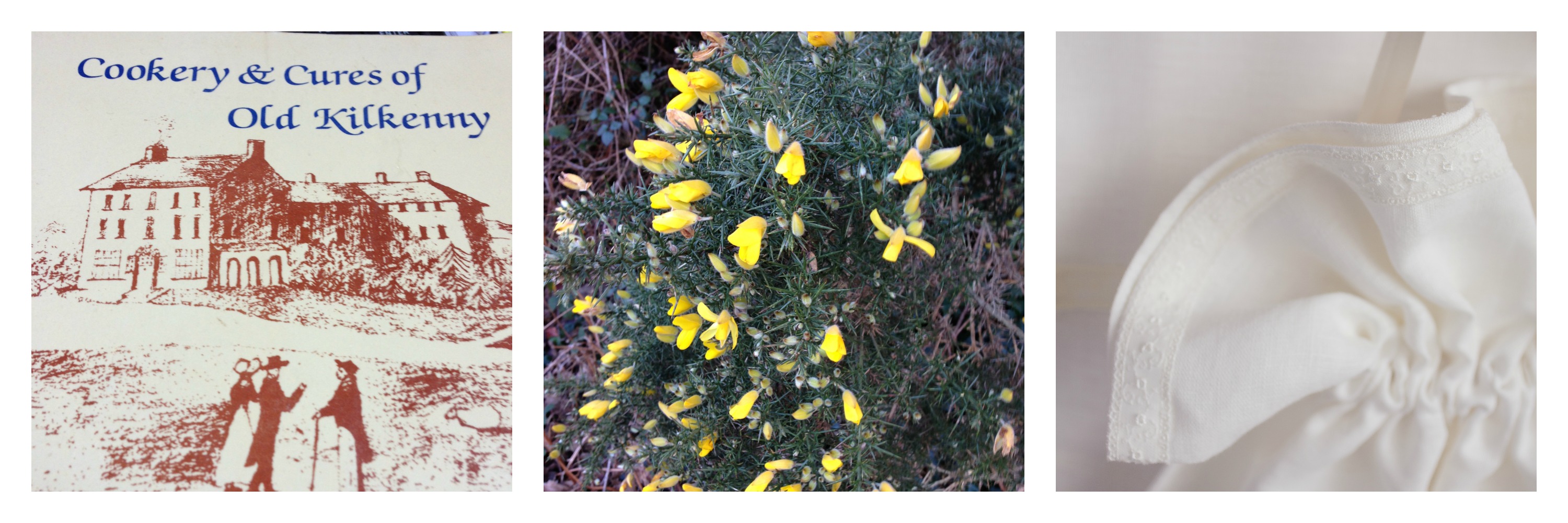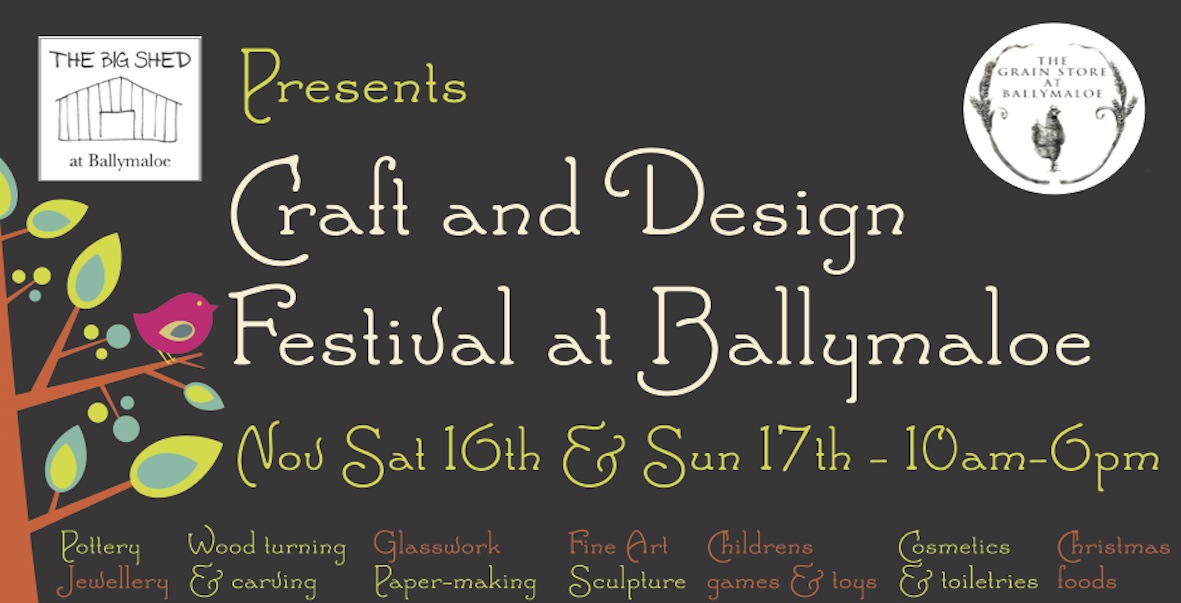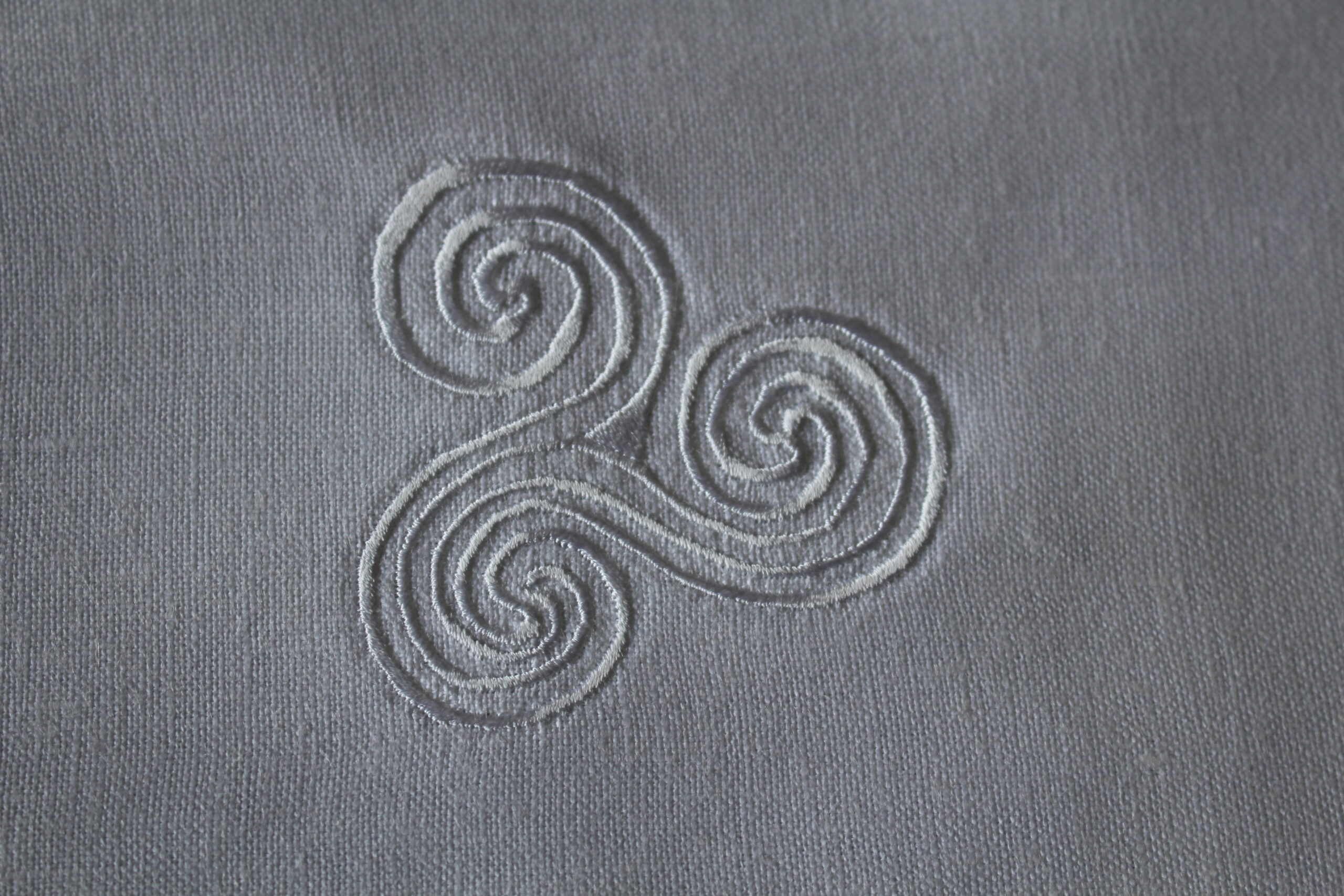
As we approach the Winter Solstice, which is so special in Ireland, we wonder will the light box at Newgrange be filled with light this year. We reflect on our loved ones who have passed and we reflect on our future for the coming year. We look to the brighter days but the company of our loved ones is all important.
Christmas and Solstice are all about ritual.
We don’t exactly know what rituals our ancestors carried out 5,500 years ago, but they certainly must have from the clues they left behind them at Newgrange, Knowth and Dowth.
Today we have our own ritual of buying and decorating the tree, making a Christmas cake and maybe a pudding. Gathering holly and ivy to decorate our homes and making the centrepiece for the table to mention just a few. We build these rituals into our festive plans
Learn to savour each ritual as if it were a moment of magic.
Plan and set the table. Use the lovely table cloth your mam or friend gave you or one you gave yourself. Add a table runner down the centre and place the centerpiece. Then work out the place settings where everyone sits and what cutlery you will need to suit the menu. I find this part of the ritual very relaxing and I get great satisfaction of putting a nice table together. You are half way there to a very successful meal/dinner party.
These are our rituals. They are the rituals our children will remember even when we are gone, but not from their memories we hope.
Involve everyone and say thank you for a job well done.
Happy Solstice and Happy Christmas.
Create and treasure those memories.
Love from
Agnes
Agnes H Design
